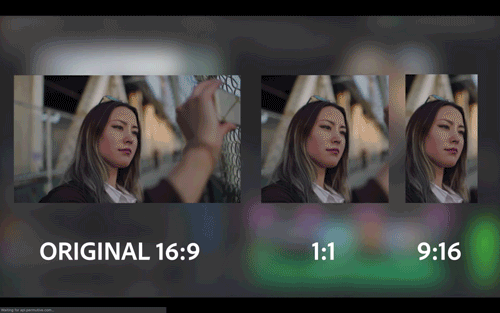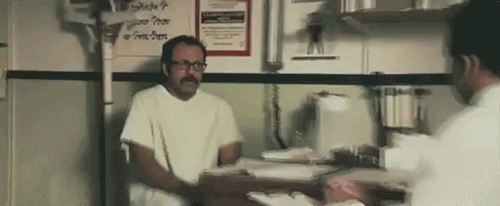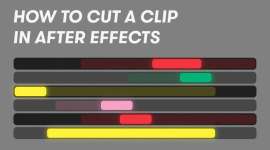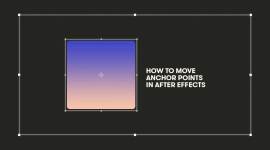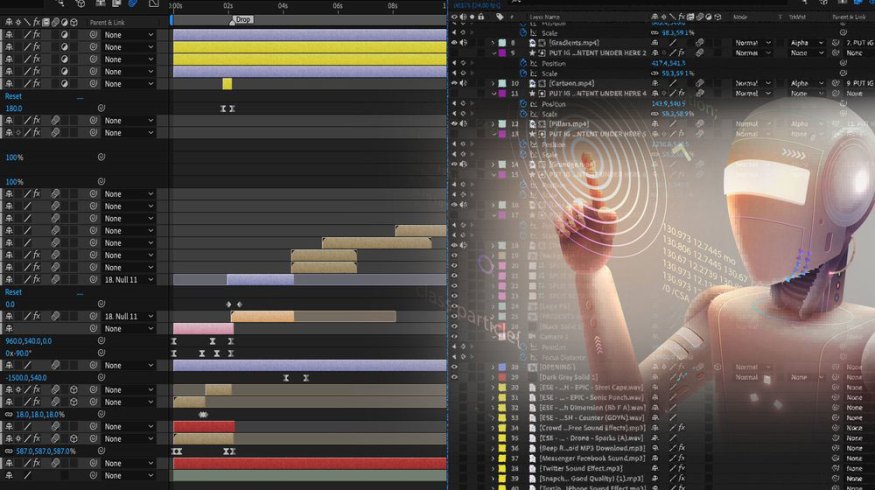
Artificial Intelligence and the World of Motion Design
Motion design is already a tough industry to conquer, and now there’s a new threat on the horizon — artificial Intelligence.
The motion graphics landscape is changing, whether it’s new trends, techniques, or fancy plugins. We can all agree that it’s tough to keep up with this shifting environment, and it cycles people out constantly. By this I mean that if you don’t learn new styles and keep up with the trends as a digital artist, you can potentially lose clients and fail to gain new ones.
Artificial Intelligence has already replaced many jobs, and it feels like in this fast-paced world, there’s no way AI’s growth will slow down. Specifically looking into motion design, AI has been around for years and isn’t going anywhere. I don’t mean to discredit the amazing work AI has provided to the world of animation — or even society at large. I’m here to start a conversation about the future of VFX and motion design.
Jiayi Chong is a significant person when you’re talking about AI and animation. He was a technical director/developer at Pixar for nine years, working on films such as Toy Story 3, Wall-E, and Up. Chong’s contribution to the world of 3D and 2D animation was a program he developed called Midas Creature. It’s can animate complex objects that otherwise would take hours — if not days — to do by hand. There are also programs that help run simulations for water, skin, clothing, and walk cycles. These innovations have saved hours of painstaking work for motion designers and VFX artists. They’ve probably minimized the number of mental breakdowns people have had while trying to get water to flow naturally.
AI has made some remarkable achievements. For example, the Samsung AI Lab was able to animate faces using only one picture. When I first saw this, I freaked out because watching the Mona Lisa talk and move around is very strange. A second example is a video by YouTuber Ben Marriott, who animates a still photo with Ebsynth. It uses an input video and keyframe (still) to add movement to any picture, and the results are pretty impressive. A final example is the new Auto Reframe from Adobe. Re-editing a video from 16×9 to IGTV or Instagram Stories is no longer tedious, thanks to Auto Reframe.
So, what does AI mean for the future of our industry? Well, we all expect it to become more integrated into our workflows. AI will continue taking tasks off our to-do list — a trend certain to continue. Because of the human aspect of design, AI won’t completely take over our craft. But, realistically, I do see AI taking over small short animations within the next five to ten years.
We can all agree that, eventually, the development of AI will become so advanced, all we’ll have to do is type in what we want and, within seconds, get the result we want. For now, the creativity will be left to us. In our current state, AI is here to collaborate and help carry out our ideas. Until the distant future, we don’t have much to worry about, but it’s on its way.
Looking for more industry insights? Check these out.

